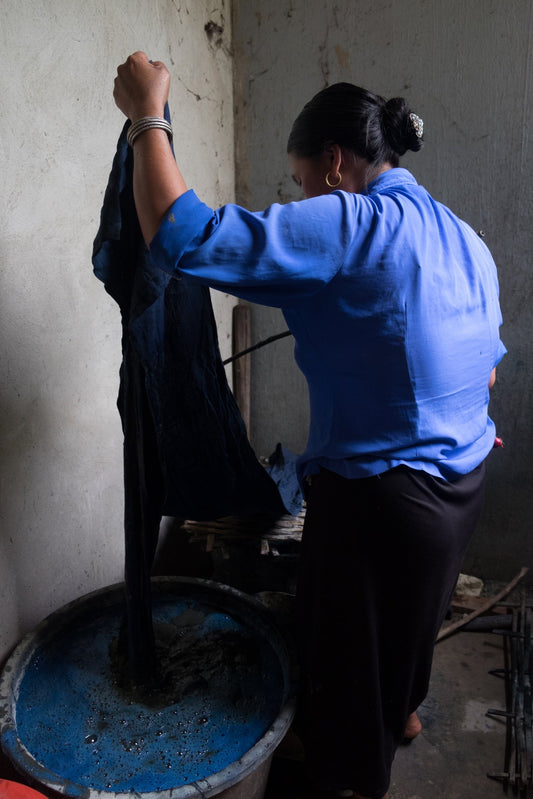Blog

10 Years Later: Reflections and the Future
Our mission has been to help maintain the textile traditions of the Mien people, and a decade along - we have been successful. Following Hannah's 2025 trip to Vietnam for...
10 Years Later: Reflections and the Future
Our mission has been to help maintain the textile traditions of the Mien people, and a decade along - we have been successful. Following Hannah's 2025 trip to Vietnam for...
Tamay & Me and the Sustainable Development Goals
The 17 Sustainable Development Goals (SDG’s), are a shared blueprint towards ‘peace and prosperity for people and the planet, now and into the future’ (sdgs.un.org/goals). They're the central call to action for all countries in creating...
Tamay & Me and the Sustainable Development Goals
The 17 Sustainable Development Goals (SDG’s), are a shared blueprint towards ‘peace and prosperity for people and the planet, now and into the future’ (sdgs.un.org/goals). They're the central call to action for all countries in creating...

A Woven Connection
As far as ancestral connections, the process of embroidery is one of the most physical and metaphysical process there is. It’s a tangible manifestation of a bloodline that can be...
A Woven Connection
As far as ancestral connections, the process of embroidery is one of the most physical and metaphysical process there is. It’s a tangible manifestation of a bloodline that can be...

Organic Dyes - Indigo and Yam
The Dying Process Once the cotton is obtained from the weavers and spinners, the lengths of narrow width cotton cloth is brought to master dyers, Yeun and Ntxhais - ready for...
Organic Dyes - Indigo and Yam
The Dying Process Once the cotton is obtained from the weavers and spinners, the lengths of narrow width cotton cloth is brought to master dyers, Yeun and Ntxhais - ready for...


How to wash your jackets
Hello everyone, this is Chi ! I’m writing this blog to give a rundown on how to care for Tamay & Me jackets. I’m going to focus this blog post...
How to wash your jackets
Hello everyone, this is Chi ! I’m writing this blog to give a rundown on how to care for Tamay & Me jackets. I’m going to focus this blog post...
